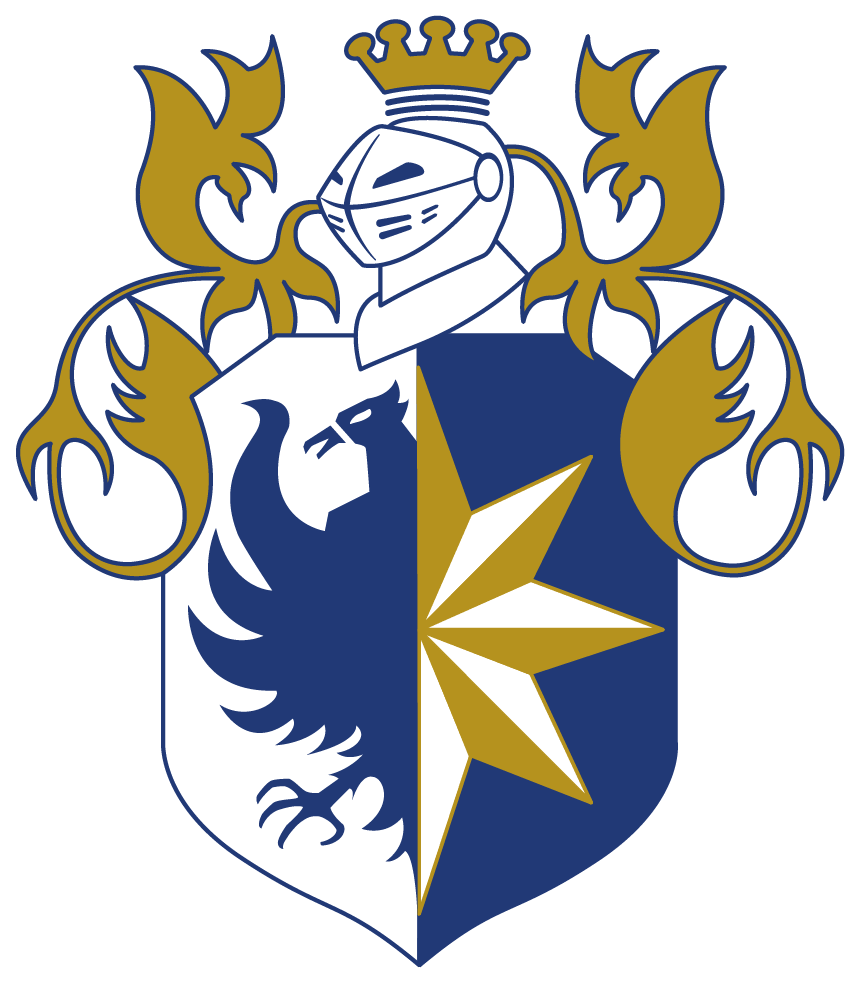
Five generations of directors –who have always been the owners of Le Rosey— have continuously striven to enhance a unique educational institution providing students with an international education
Rosey’s alumni have created a powerful and effective association whose members hail from many backgrounds with several of them leaving their mark on the history of the 20th century.
Despite Le Rosey’s attachment to its traditions, discipline and educational standards, the school has always been innovative and at the forefront of many pedagogical advances, especially in the areas of language teaching, biculturalism, personal development, the integration of sports and arts in daily life, motivation and the place of values in education.
-
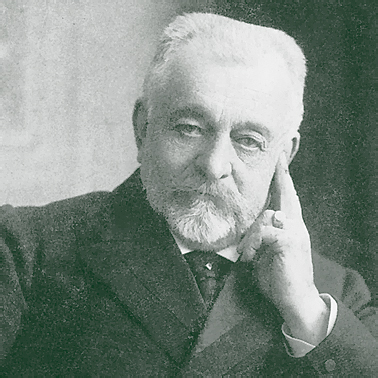
Paul Carnal
Le Rosey, a former seigneurial estate dating from the early Middle Ages, is steeped in legend and history—including that of its resident ghost, the “Dame Blanche.”
Paul Carnal and his brother-in-law Dedie, Jura-born schoolteachers, dreamt of escaping the Bernese Kulturkampf to establish a school beneath the gentler skies of Lake Geneva. Carnal’s ambitious vision led him to acquire the 25-hectare Rosey estate—an act of boldness and belief in the future that would lay the foundation for Le Rosey’s growth through the 20th and 21st centuries.
The original Le Rosey offered a generalist education focusing on commerce, and languages. It started with just three pupils.
-
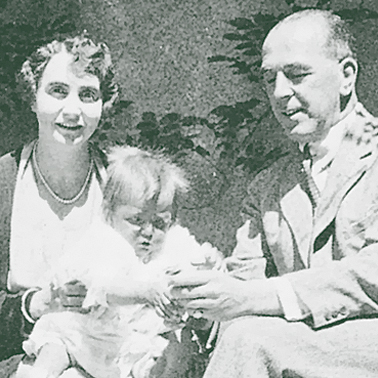
Henri Carnal
Henri, Paul’s son, married Marguerite, a spirited and affluent young woman from Boston, whose dynamism and brilliance attracted many prominent American families to Le Rosey.
In 1916, in the midst of war, Henri resolved to spend winter in Gstaad, fleeing the sombre Léman season. Professors called it folly; his father was astonished. Yet today, Le Rosey’s fabled winters owe everything to that bold move.
-
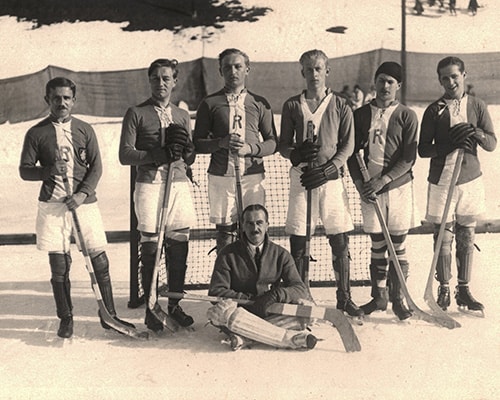
National Champions
In a war-torn Europe, Switzerland stood as a haven, welcoming children from opposing nations. Le Rosey emerged early as a place of mutual respect for diverse origins, languages, and cultures.
The classical ideal mens sana in corpore sano drove Le Rosey to invest in sport, teamwork, and physical excellence. By 1923, it had become the Swiss ice hockey champion.
-
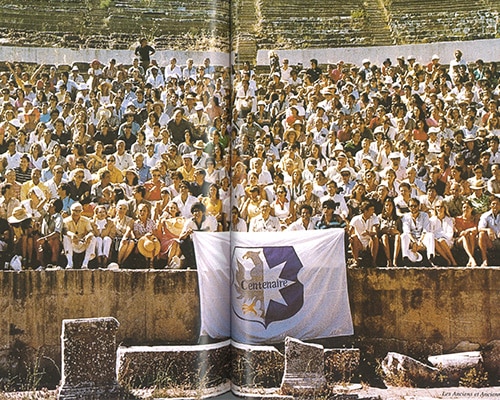
A School for Life
1922 saw the creation of the Old Rosey Association. Its founder, Jean de Thiers, wrote: “We are a great family reaching out to you; you must return to it.”
In 1955, Freddy Hoffmann rallied alumni: “Roséens we were, Roséens we shall remain.” Olivier Le Bas formalised this spirit in 1964, founding a vibrant modern association with a worldwide network.
The loyalty of alumni—spanning cultures and continents—underscores Le Rosey’s aspiration to be “a school for life,” its “Worldwide Family” now numbering over 6,000.
-
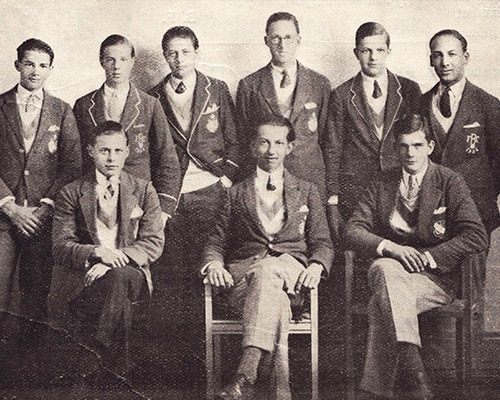
Second World War
Interwar Period: Le Rosey becomes the “School of Kings, Queen of Schools.” As a jewel of Swiss education, it welcomed sons of the world’s elite, growing in both scale and modernity.
Second World War: Finances suffered; educating a few students from warring nations could not balance the books. Yet Carnal persevered—retaining staff on half pay, cultivating vegetables on sports fields, and chopping wood for heating.
He believed the war would end, and Le Rosey must be ready. By autumn 1944, the school was nearly full again.
-
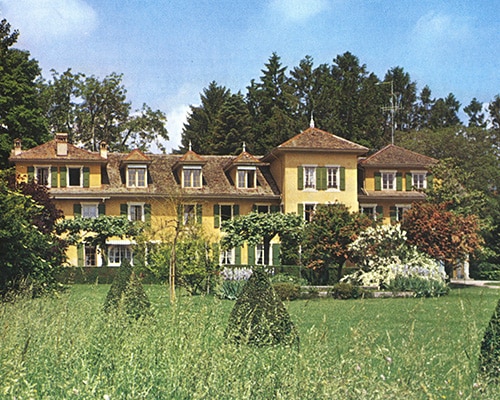
La Combe
In the post-war period, the belief that family wealth alone guaranteed a child’s future gave way to a new era.
A young director, Louis Johannot, sought to uphold the Roséen spirit while reorienting towards academic excellence. He expanded the curricula, hired new staff, and built classrooms, laboratories, libraries, and study spaces in Rolle and Gstaad.
By 1967, after 87 years as an all-boys school, Le Rosey welcomed girls following a merger with neighbouring La Combe. Coeducation became the future.
-
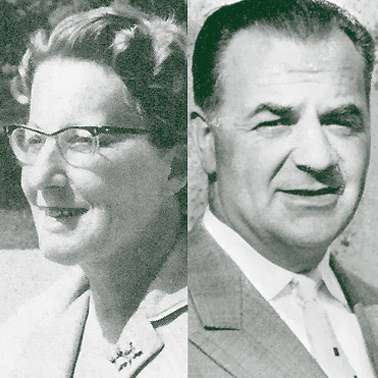
Louis Johannot and Helen Schaub
Johannot’s vision for an international student body reflected Swiss values: discipline, effort, competition, and meticulous organisation of games and contests.
The school’s governance mirrored military structure. In 1966, the rowing team defeated near-professional rivals to win the Swiss championship in Bern.
By 1968, the spirit of youth rebellion—freedom, protest, drugs—shook tradition. Even at Le Rosey, the “colonel” director yielded ground to reform.
-
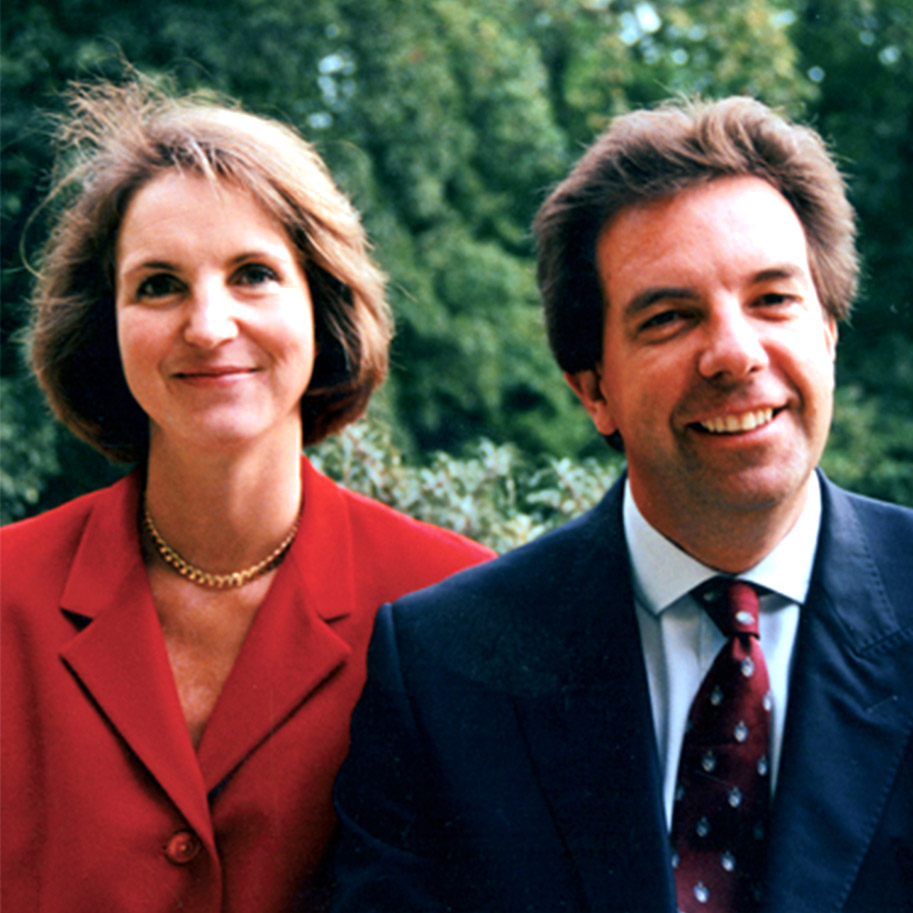
Anne and Philippe Gudin
Anne and Philippe Gudin, then youthful leaders, redefined Le Rosey as “a school for life,” shaping character alongside intellect and talent alongside solidarity.
Modernisation followed: new boarding houses, music rooms, science labs, and luminous classrooms; student lounges and cafés; expanded sports halls and gardens..
Roséens set off to conquer mountains in search of new challenges and adventures; they climb 4,000-metre peaks, cycle up to Gstaad, and cross the lake
-
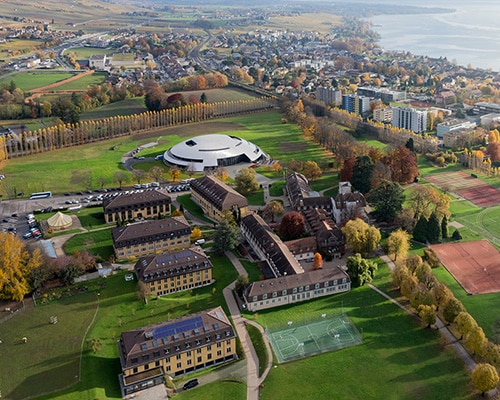
Actis Virtus
A peaceful and neutral place, Switzerland is an island of serenity in a turbulent world; Swiss values are evolving: open-mindedness, a sense of compromise, a love of well-done work, and a spirit of hospitality are emphasised. At Le Rosey, the opposition between studying in French or English is replaced by full bilingualism.
Solidarity gained new force with the Charity Committee and the creation of Rosey-Abantara in Mali, which started with a few students and now serves 1,800 students.
At Le Rosey, we encourage each student to explore a wide range of activities in order to discover their unique talents and develop their creativity. This philosophy, championed by Philippe Gudin, takes on a new dimension with the Paul & Henri Carnal Hall — a striking, modern space dedicated to the arts and culture. Its world-class concert hall regularly hosts renowned orchestras, establishing Le Rosey as a vibrant centre for cultural enrichment.
-
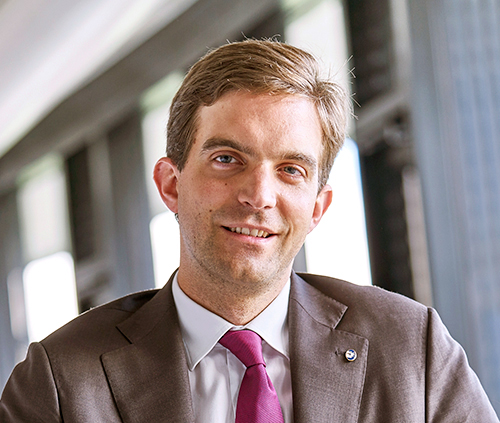
Christophe Gudin
Shortly after taking over as the fifth-generation Director, Christophe Gudin faced the challenges of the COVID crisis, which required a rethinking of educational models. This period offered the opportunity to explore both the limitations and strengths of those models, while also reaffirming the vital importance of human connection and community life in a boarding school environment. In 2021, for the first time since 1916, Le Rosey did not spend the entire winter season in Gstaad.
From powerful tools to a worrying dependency, screens began playing an increasingly prominent role in the lives of Roséens — until a significant shift was made: mobile phones are now banned during the day and they must be kept in students’ rooms, and if they are to be used then it is with the aim of enhancing the human connections that are central to life at Le Rosey.
Technological pursuits flourished: a Roséen satellite, scientific conferences, and experimental projects deepened the school’s commitment to innovation.
-
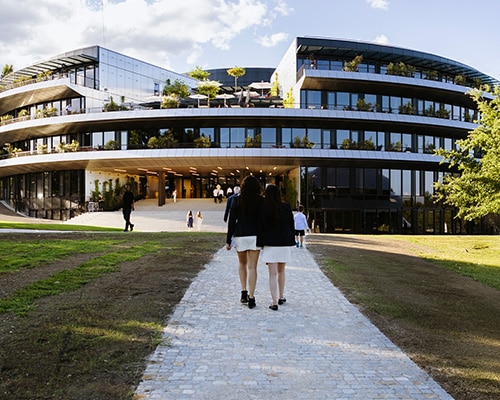
A New Era
φlo and the GML campus project in Gstaad mark the beginning of a new era for learning spaces — one defined by collaboration, flexibility, and creativity. Entrepreneurship becomes a guiding thread of this creative energy, while state-of-the-art laboratories, comparable to those in universities, and a forward-thinking Tech Lab enable real-world applications
